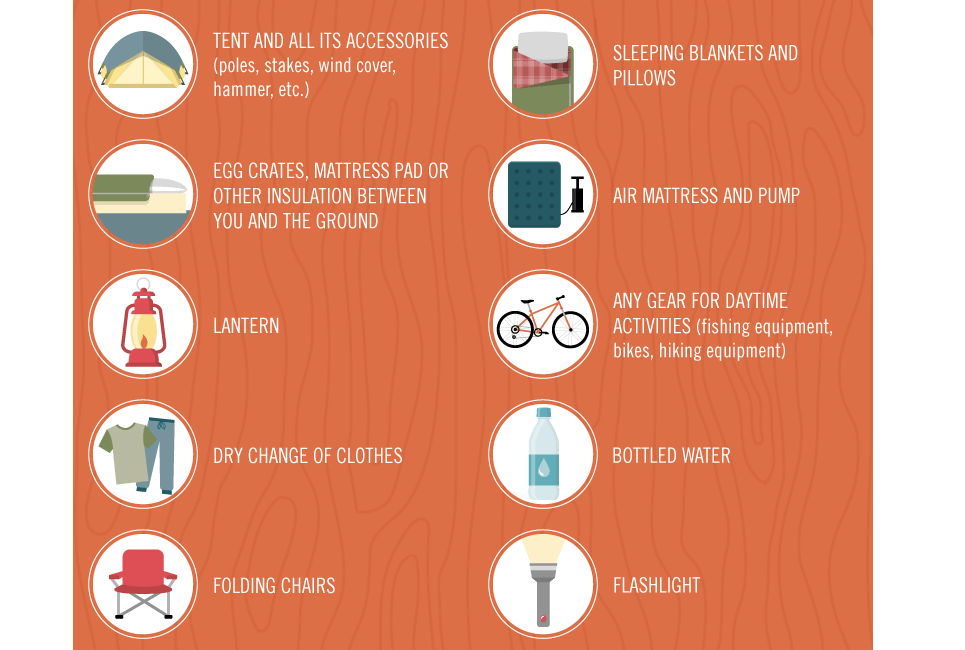For ounce counters, stakes are a prime location to economize. The majority of risk collections include a stuff sack that makes them simple to pack and safeguard.
They can conveniently pass through softer, sandy soils and want duff yet fight with rough terrain. Their blunt ends take advantage of making use of a mallet.
Hook Stakes
Generally lengthy needles with a factor on one end and a squashed head at the other, pin stakes are easy however reliable. They function well in hard ground where it's tough to drive in longer risks and do specifically good work in rocky terrain, as the suggestion can function its means in between hidden rocks. Some variations (like Sea to Summit's Ground Control stakes) have three notches for person lines, which lower utilize and improve holding power.
A common alternative to shepherd's hook stakes, plastic energy risks normally have a Y-shaped shaft that will not turn in the dirt and often tend to be longer than hook risks. They're solid and durable enough for moderate usage, though they are brittle if you try to hammer them into rock or hard soil. They also need to be angled sufficiently to avoid the individual line from slipping off if it comes to be relaxed over time (knotting it around the shaft twice can assist). Size: Longer stakes compact soil over a better deepness and volume, which can increase total frictional resistance.
Nail/Pin Risks
Toenail risks have a pencil factor for simple driving into clay, rock, or compacted dirt. These risks are additionally a lot more long lasting than wood stakes and do not splinter. They are usually used in building, fencing, and erosion control tasks.
These stakes have actually 12 spirally organized toenailing openings one inch on center supplying each risk with 24 prelocated nail entry points making them easy to use and quickly to install. This nailing design removes splitting, twisting and splintering enhancing worker safety and removing shed labor time.
They are generally used in concrete forming to safeguard lumber or metal concrete types and in flatwork applications. They are also a popular option for connecting screed bar holder clamps in flatwork finishing, string line guides, securing landscape lumbers and evaluating stakes. They are made from cool rolled U.S. made device steel for added toughness and longevity. They have an ordinary life 2 to 3 times that of rivals warm rolled risks.
V Stakes
Lots of camping tent stake designs exist, varying from simple light weight aluminum and titanium rounded risks to carbon-fibre ones designed for a range of terrain. Selecting the ideal risks relies on outdoor tents kind, camp website location and ground density.
As any type of stake is driven into the ground, it displaces some dirt along its size. The displaced dirt compacts the dirt quickly beside the risk and aids to boost its stamina.
Risks with a v-shaped sample (like MSR's Ground Hog Y risks or Sierra Layouts FL risks) are extra durable than hook stakes without adding much weight, and they also have a convenient notch for the man line. However, they may lack as much holding power in hard or rocky ground. In such cases, angling the stake closer to vertical can help. This optimizes the possibility that a pulling force will reach compressed layers of dirt, boosting the risk's resistance to being pulled out. Likewise, longer risks permeate much deeper into the dirt and rise general compaction.
Deck Risks
Essentially a thicker Y-peg, these stakes make use of an extra flange to boost surface area and enhance holding power. While an excellent option in loosened and sandy substratums, they do disturb even more soil on insertion tent setup than much less complex forms. This can lower holding power in hard, thick ground - but it's still a far better option than nails or pins.
A variation on the Y-stake, these risks have three notches for person lines to help in reducing leverage and can be beneficial in tough and rocky ground. They likewise often tend to be short and light, making them an excellent choice for backpacking in rocky terrain. The Sierra Styles Ground Control risks are a good example of this type, though there are lots of others on the marketplace.
Like other stakes that do not have a hook or individual line notch, these will require to be tilted sufficiently to stop the line from slipping off (as can happen if the line comes to be slack). Looping the line twice around the shaft can assist.
